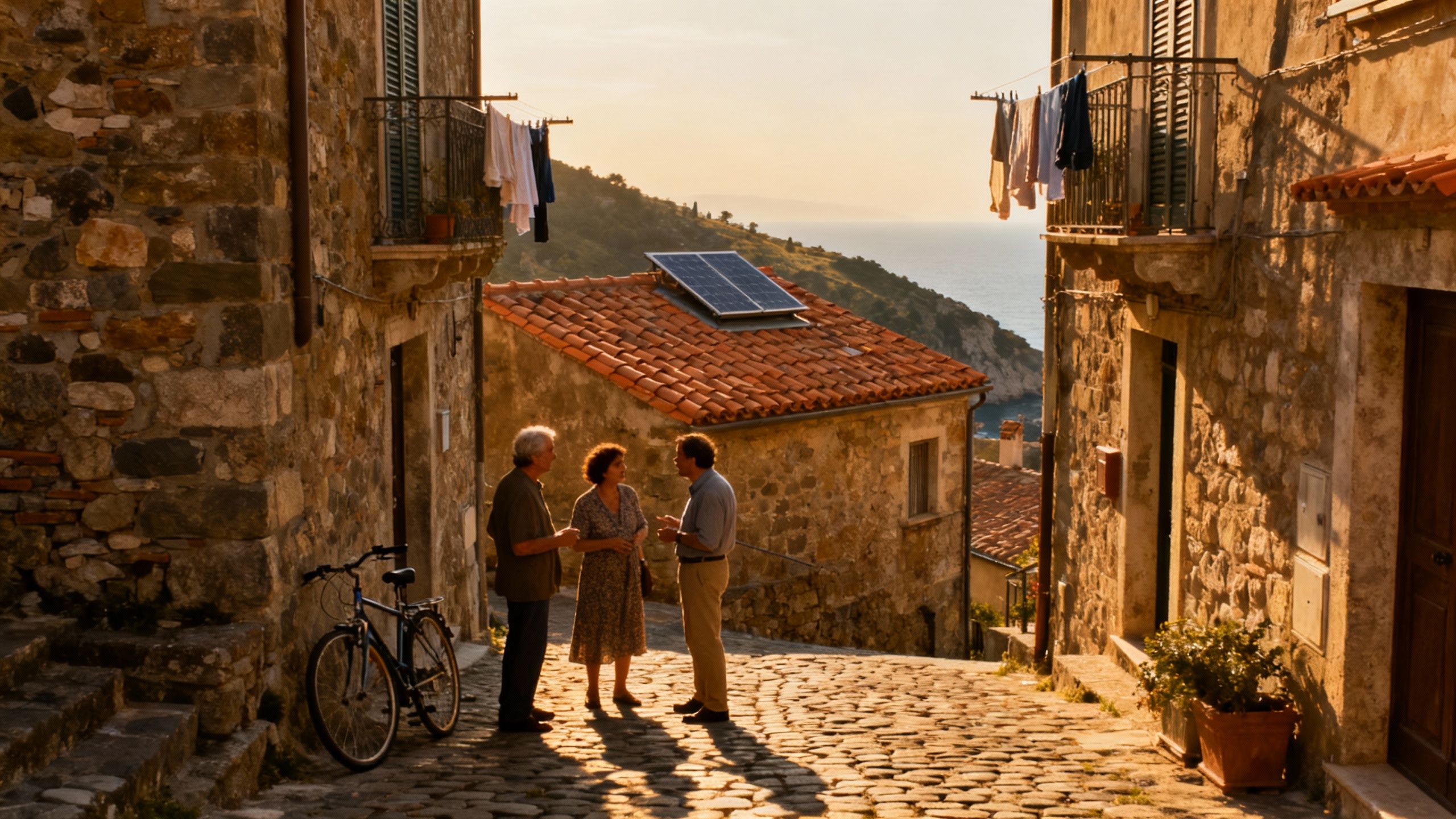Buy Where Locals Live: Croatia’s 'Ignored' Neighbourhoods
Explore Croatia through lived, local neighborhoods—from Zagreb’s Trešnjevka to Dalmatian islands—and practical, sustainability-minded steps for confident buying.
Imagine waking to sea-salted air, buying fruit at Dolac market, then drifting to a small café on Ilica where the barista knows your name. Croatia moves slowly in the best ways — afternoons stretch, harbours glow at dusk, and neighbourhoods carry a lived-in warmth. But the smartest buyers look past glossy postcards and focus on everyday life: where locals shop, where schools hum, and which streets keep their value when tourism ebbs.
Living the Croatia lifestyle: texture, seasons, and street life

Croatia is equal parts Adriatic coastline and tucked-away inland towns. Mornings in Dubrovnik’s Old Town smell of baking bread; afternoons in Zagreb carry the hum of trams and neighborhood markets. The rhythm changes with the seasons — summer brings open-air festivals on Korčula and café crowds along Split’s Riva, while winter lets you hear church bells and local conversations without the tourist noise. If you love morning markets, stone architecture warmed by terracotta roofs, and coastlines that still feel wild in places, Croatia rewards patient, place-first buyers.
Neighborhood spotlight: Trešnjevka — Zagreb’s honest heart
Trešnjevka is the kind of district locals shrug about and lovers of real daily life adore. Away from the polished center, you’ll find tree-lined streets, family-run bakeries, and parks where older neighbors play cards. Prices are friendlier than the city center and the community feel is durable — you can buy a flat near Jarun lake, walk to a market, and still be thirty minutes from the cultural pulse of Zagreb. For eco-minded buyers, Trešnjevka’s post-war apartment blocks often hide terraces and gardens waiting for green retrofits.
Coastal rhythm: Split and the islands — salt, stone, and small-scale life
On the Dalmatian coast, life pivots around the sea. In Split, Varoš and Meje still feel intimate despite tourist tides; on islands like Vis or Lastovo, mornings belong to fishermen, afternoons to family lunches. Homes here often include stone walls, shaded courtyards, and terraces for late‑light living. Seasonal ebb-and-flow matters: buy with an eye to off-season quiet and to properties built for year-round comfort — insulation, good glazing, and water storage are small investments that change how you live through winter.
- Local highlights to taste and test the place - Dolac market, Zagreb: fruit, cheese and morning rhythm - Riva, Split: evening promenades and people‑watching - Varoš quarter, Split: narrow alleys and neighborly cafés - Ston and Pelješac: oysters, wine and slowed coastal life - Jarun lake, Zagreb: cycling, local sport culture
Making the move: practical considerations that protect the lifestyle

Dreams meet paperwork. Croatia’s real estate system is transparent in many ways, but it has local quirks that shape outcomes — who can buy easily, how long registration takes, and how tourism policy affects rental markets. The right move balances lifestyle priorities (garden space, neighborhood culture) with legal clarity (OIB, title checks) so your home supports seasonal life rather than feeling like a short‑term commodity.
Property styles: stone houses, apartments, and the liveable tradeoffs
A restored stone house on the coast brings warmth, texture and outdoor rooms, but often needs upgraded insulation and water systems. Newer apartments in Zagreb or Split give convenience and modern systems but can lack outdoor green space. Think: how will you live in winter, not only in July? Prioritize passive comforts (cross‑ventilation, thermal mass, shading), rainwater capture, and a small footprint garden — they preserve lifestyle and reduce running costs.
Working with local experts who guard the lifestyle
- 1. Hire a local lawyer for title checks and ministry approvals (if you’re non‑EU). 2. Get an OIB early — required for any transaction and tax registration. 3. Ask agencies about off‑season living costs: utilities, winter heating and municipal services. 4. Insist on an energy and structural survey that flags retrofit opportunities for sustainability. 5. Visit the neighborhood at different seasons — a place that sings in July may sleep in November. 6. Discuss short‑term rental rules with your agent: new laws aim to prioritize long‑term residency, which affects income strategies.
Insider knowledge: what expats wish they’d known before buying
My friends who moved here tell similar stories: the best purchases were in streets where locals ran businesses, schools were a walk away, and neighbours invested in their terraces. They regretted buying solely for summer income — regulations and seasonal demand can hollow out returns. Recent policy shifts also signal a national desire to rebalance housing toward residents rather than tourists, which changes both community feel and rental potential.
Cultural integration: language, rhythms and neighbourliness
Croatia rewards small courtesies: learn basic Croatian phrases, show up at local markets, and respect mealtime rhythms. Official business often waits for appointments; neighbours value reciprocity and steady presence. Many expats find their social life through local clubs, language cafés, and market stalls — places where you’re not a weekend visitor but a familiar face.
If you crave summers full of terrace dinners and winters warmed by wood stoves, Croatia can be home. Start by visiting the neighbourhoods you can picture yourself in at 8 a.m. and 8 p.m., hire local advisers who defend the lifestyle you want, and plan modest sustainability upgrades that make daily life better (and cheaper) year-round. When you buy with stewardship in mind, the place keeps giving.
Danish relocation specialist who moved from Copenhagen to the Algarve; supports families with seamless transitions, local partnerships, and mindful purchases.


